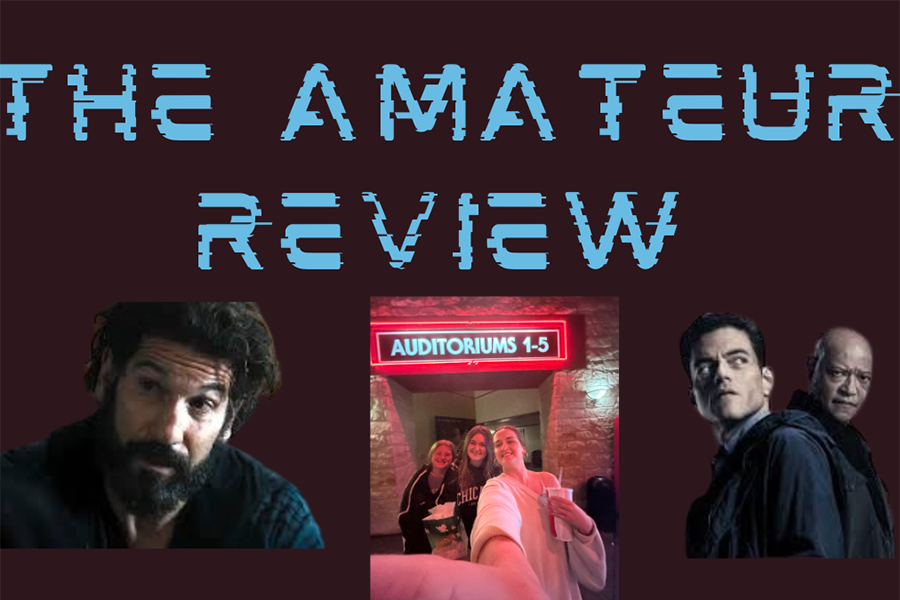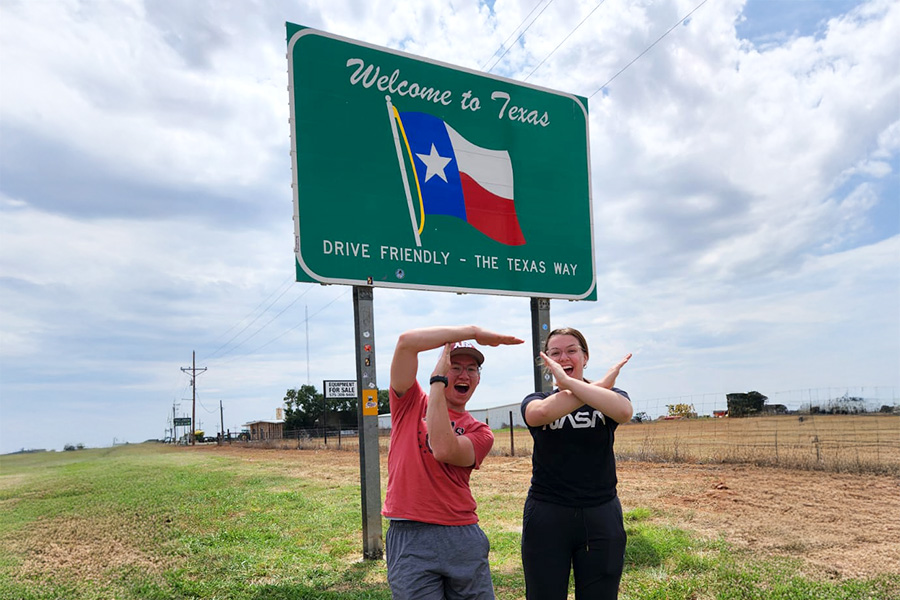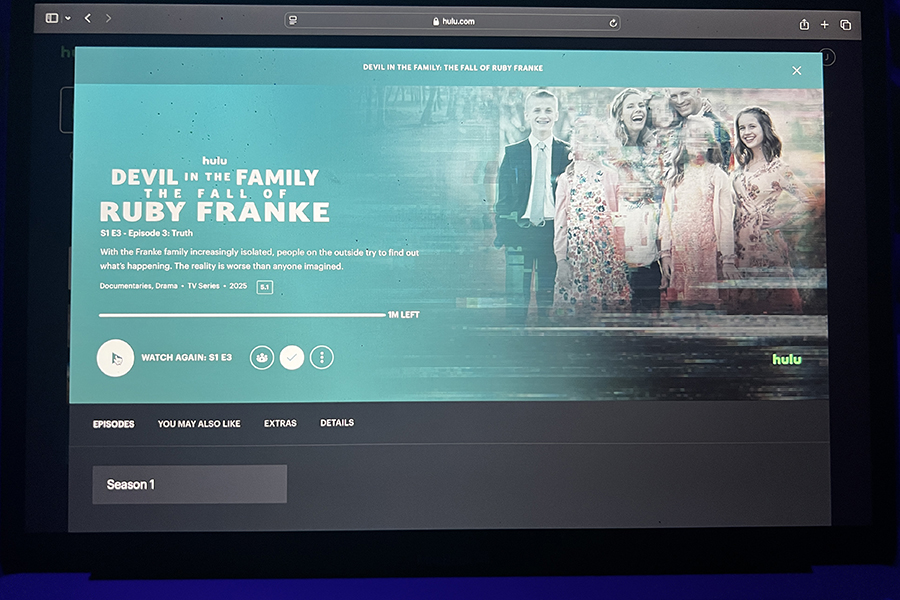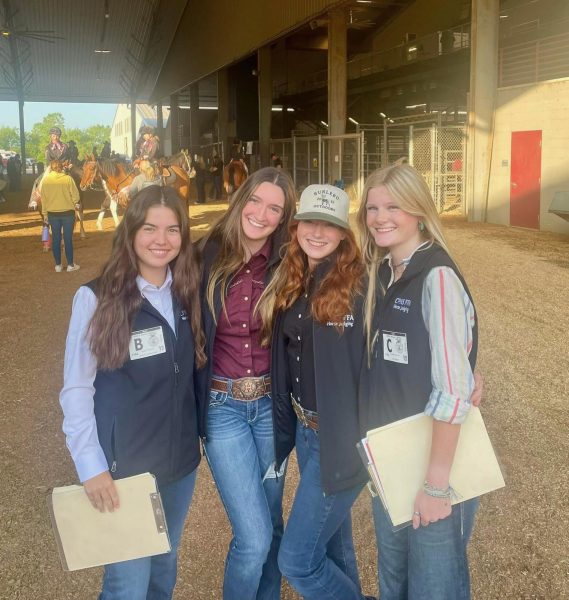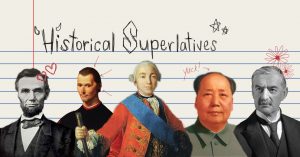A Review of ‘American Experience: The Pilgrims’
Documentary Tells The Story of America’s First Colonizers
Avaliable on Amazon Prime, “American Experience: The Pilgrims” analyzes the events that occurred around the 132 settlers and crew members of the Mayflower and their colonizing of America.
November 25, 2020
On Nov. 26, the country celebrated the 400th anniversary of Thanksgiving since its origins as a feast between the native Wampanoags and the Protestant English settlers, known as the Pilgrims. The modern celebration of this holiday includes a big meal of mashed potatoes, stuffing, casserole, pumpkin pie and a roasted turkey in the center of it all, and Americans have certainly not deemphasized the day’s traditions through the country’s lifetime.
However, what we have grown to associate with Thanksgiving is entirely different from its presentation in the documentary “American Experience: The Pilgrims,” a look into the harsh journey that the settlers of Plymouth endured to become the first successful American settlement in New England.
It starts with a quote from William Bradford, the first of many from the eventual governor of Plymouth and a key figure as both a leader of the colony and in our understanding of early American history. His written account of their journey, named “Of Plymouth Plantation”, is regarded as the most credible source regarding the Mayflower’s pilgrims. A deeply religious man who was wary of the authoritarian Roman Catholic church of England, Bradford and other members of the Puritan community had moved to Leiden, Netherlands to find refuge for their school of worship. However, European tensions that later resulted in the Thirty Years’ War were boiling, and the group knew that it had to leave as quickly as possible.
Bradford envisioned the new colony, which was planned to be at the mouth of the Hudson River, as a safe haven for all Protestants and a Jerusalem-like center from which all Puritans could unite as one. This is the narrative he controlled as the one who wrote the foremost authoritative account. One of the great things about this documentary is how it places his journal entries in context, using it as a primary source while filling in the gaps that he either neglected to mention or found too difficult to add. Historians supply most of the facts, but Bradford’s narrator provides an emotional anchor to what he must have seen as his group’s last-ditch efforts to escape the chaos and instability of Europe.
The documentary also addresses several inaccuracies created over time, some of which have become widely known facts about Plymouth. For example, we imagine that Thanksgiving was a celebration of the harvest after the Wampanoags greeted the pilgrims with open arms and taught them how to grow crops. While this is partially true, the pilgrims only saw it as a celebration of surviving, and this grand feast we think of was only a passing mention in accounts from the settlers. After it, pilgrims went on with their lives, unaware of both how significant the holiday would become and the troubles that would lay ahead.
This dedication to being correct also keeps it neutral somewhat consistently. “American Experience” is not afraid to delve into the near Jamestown-like failure that Plymouth seemed doomed to become, another settlement in southern Virginia plagued by famine, disease and attacks from Indians until it was abandoned in 1699. Similarly, diseases like tuberculosis and scurvy were rampant in Plymouth Colony. Early on, the bodies of the sick and dead were so numerous, they were sometimes left on trees with guns in their hands to give off the appearance of guards.
Chief Massaoit of the Wampanoags warned them of a massive coalition of Native Americans that planned to massacre them. The event is known as King Philip’s War, where the New Englanders formed a retaliatory militia to fight in one of the most costliest wars of American history. Neither side had anything to be proud of, but it was the start of a unique, Britain-separated identity that morphed into American imperialism by the time the country achieved independence – the start of the Native American’s forced removal from land they owned.
Even Plymouth was barely a successful colony. As key figures of the town left for other settlements, leaving just Bradford at the helm, it was clear that Plymouth was not going to be the mecca of Protestantism that he had dreamed of. But a precedent had been set for long enough. The colony had proved that settlement in New England was possible, and more Puritan settlers moved into the region, eventually creating cities like Boston and Providence.
Overall, I thought the documentary was an interesting look into the unique circumstances that created Plymouth and what occurred as a result, crafting a rich and absorbing narrative centered on one man’s dream for a safe haven belonging to his community. Watch “American Experience: The Pilgrims” for some context on one of America’s most famous holidays, Thanksgiving.

![Posing with their UIL State Trophy, the Robolobos Van Halen Team beams with excitement after their win. “It was a team effort,” junior Noah Vo said. “I was happy because something happened in the first match and the match was also really close. So [when] they finally revealed it, I was pretty happy.” Photo courtesy of Amy Lovelace](https://cphswolfpack.com/wp-content/uploads/2025/05/IMG_0910-EDIT-1200x723.jpg)
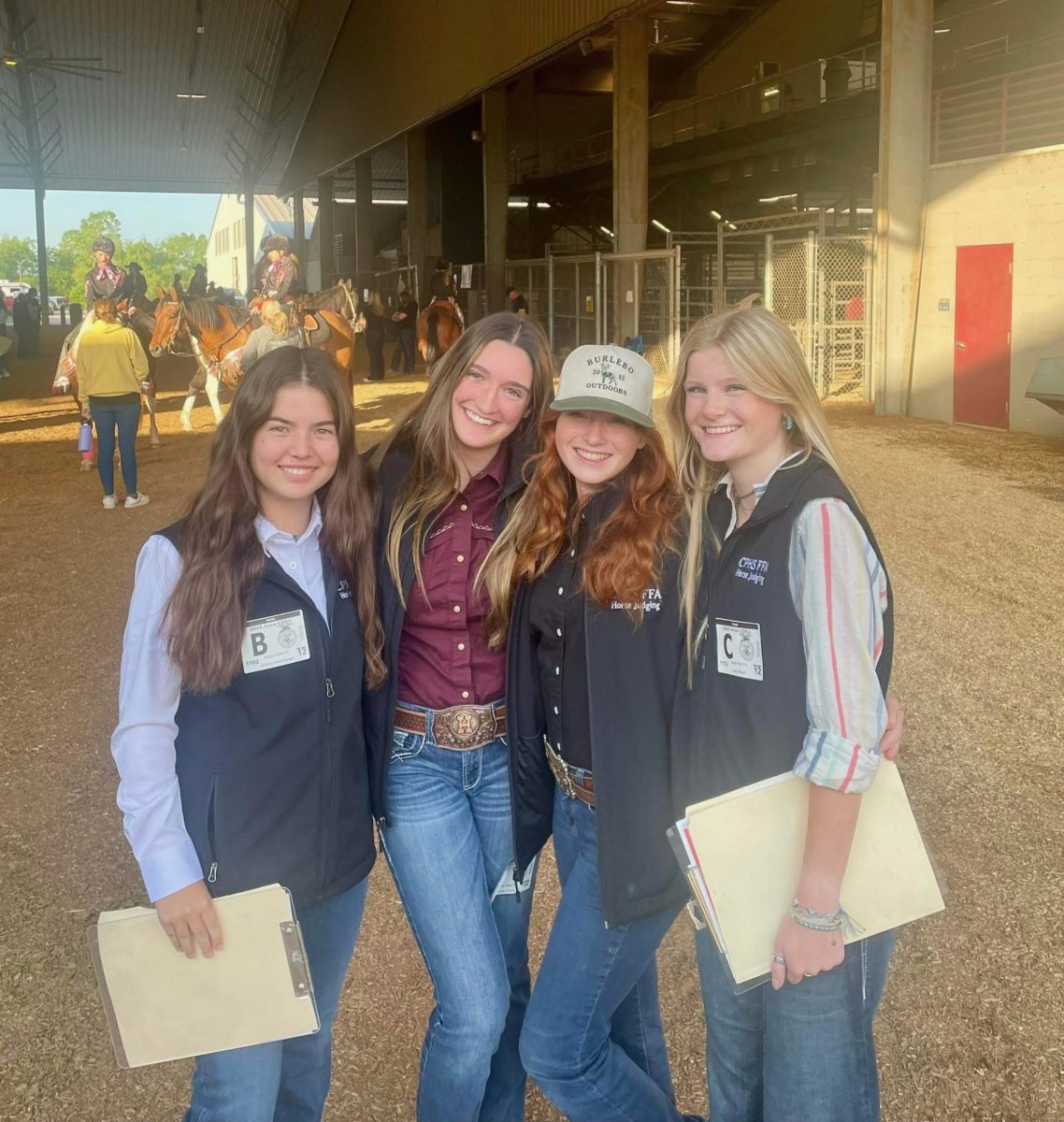
![Broadcast, yearbook and newspaper combined for 66 Interscholastic League Press Conference awards this year. Yearbook won 43, newspaper won 14 and broadcast took home nine. “I think [the ILPC awards] are a great way to give the kids some acknowledgement for all of their hard work,” newspaper and yearbook adviser Paige Hert said. “They typically spend the year covering everyone else’s big moments, so it’s really cool for them to be celebrated so many times and in so many different ways.”](https://cphswolfpack.com/wp-content/uploads/2025/05/edited-ILPC.jpg)











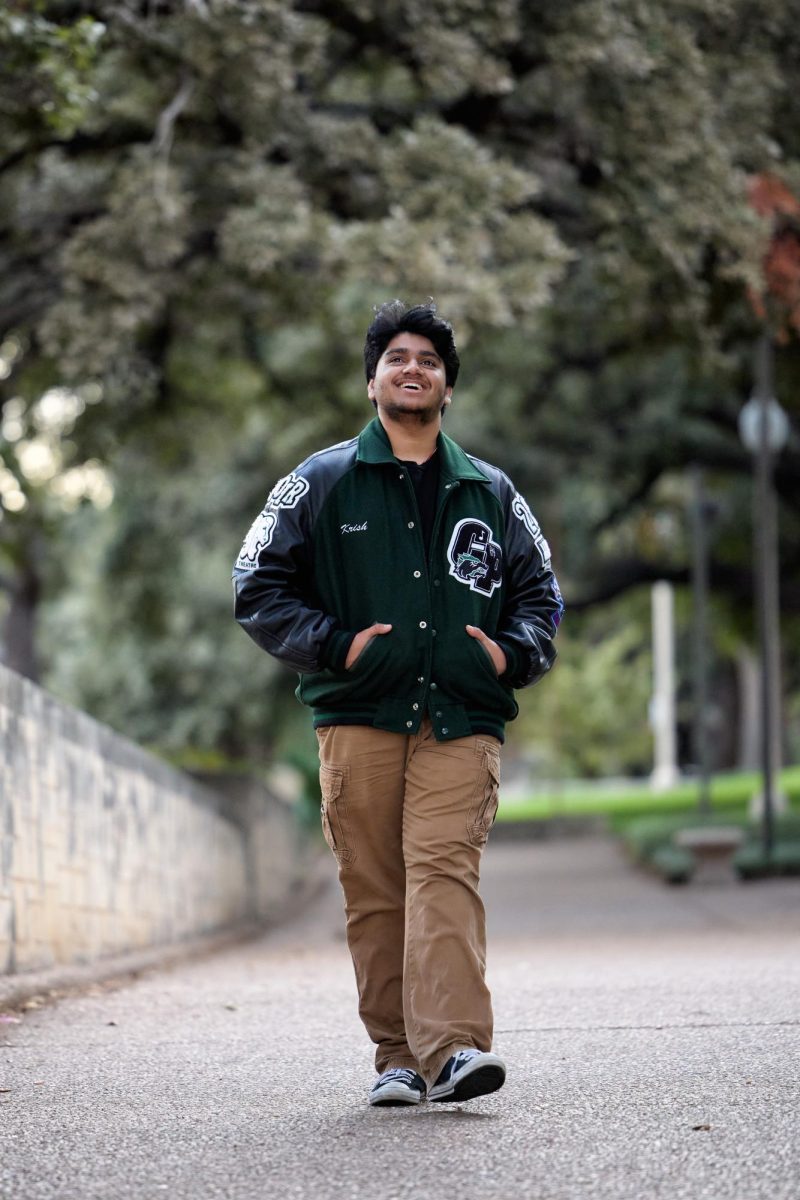

![Bringing her arm over her head and taking a quick breath, junior Lauren Lucas swims the final laps of the 500 freestyle at the regionals swimming competition on date. Lucas broke the school’s 18-year-old record for the 500 freestyle at regionals and again at state with a time of 4:58.63. “I’d had my eye on that 500 record since my freshman year, so I was really excited to see if I could get it at regionals or districts,” Lucas said. “ State is always a really fun experience and medaling for the first time was really great. It was a very very tight race, [so] I was a bit surprised [that I medaled]. [There were] a lot of fast girls at the meet in general, [and] it was like a dogfight back and forth, back and forth.” Photo by Kaydence Wilkinson](https://cphswolfpack.com/wp-content/uploads/2025/03/Kaydence-2.7-23-edit-2.jpg)
![As the support team sits and poses for a photo in the cafeteria with the counseling team they eagerly wait to start their day. "We [all] seem to be a team, I get up every day and there's days where I don't want to go to work today, but I'm thankful that I have a job and I'm blessed to have what I have," Christopherson said. Photo Courtesy of Julie Weltens.](https://cphswolfpack.com/wp-content/uploads/2025/01/AF9E8470-10D7-4C91-BF28-EC8F86BAB66C-1200x852.jpeg)
![Officer Stephanie Cash is in her second year as an SRO at CPHS. “Seeing [students] grow over the years has been kind of cool,” Officer Cash said. “Freshmen that [are] all over the place and then in the next couple of years get a little more squared away and go to class and do work and start thinking about the future. Being a part of a student's growth is the best way to measure my success as an SRO.” Photo Courtesy of Cedar Park Police Department's PIO, Alicia Gallagher.](https://cphswolfpack.com/wp-content/uploads/2024/12/CPHS-SRO-900x1200.jpg)


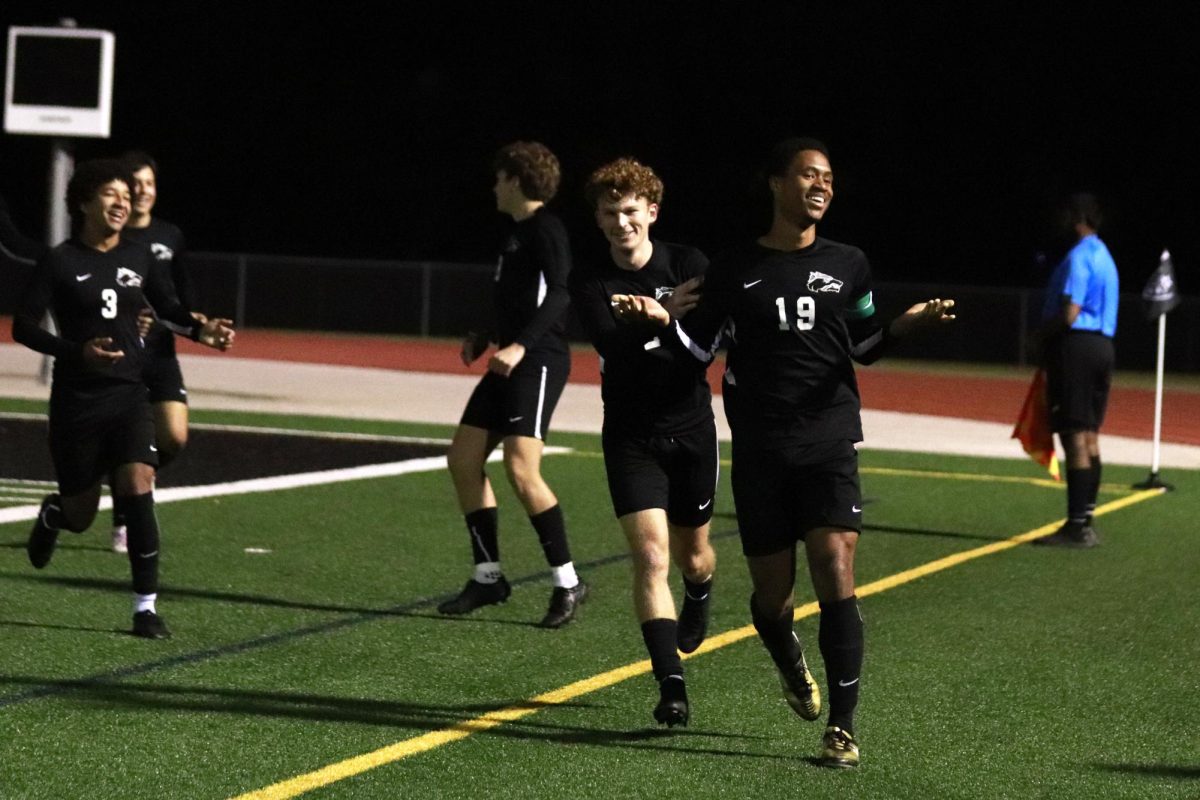
![Taking a breath as he raises his arm up and out of the water, sophomore Kaden Padilla swims the 500 freestyle at the UIL state meet on Feb. 21-22. Padilla placed 10th overall and second in the consolation final in the event, dropping two seconds. “My family was there, so being able to drop time for them was really special,” Padilla said. “It was awesome [finding out I advanced to the consolation finals]. I wasn’t expecting it, and I was very surprised. My parents being there definitely made me a lot happier knowing they got to see me swim in finals.” Photo by Skyler King.](https://cphswolfpack.com/wp-content/uploads/2025/03/kaden-padilla.jpg)

![Three defenders try to stop senior point guard Hope Edwards before the ball leaves her hands. The girls basketball team faced Liberty Hill on Feb 21, losing 58-40. “[My season was] definitely bittersweet,” Edwards said. It's definitely sad [because] I'm gonna miss all my teammates, my coaches and just the whole CP environment.”](https://cphswolfpack.com/wp-content/uploads/2025/03/julia-128-1200x800.jpg)
